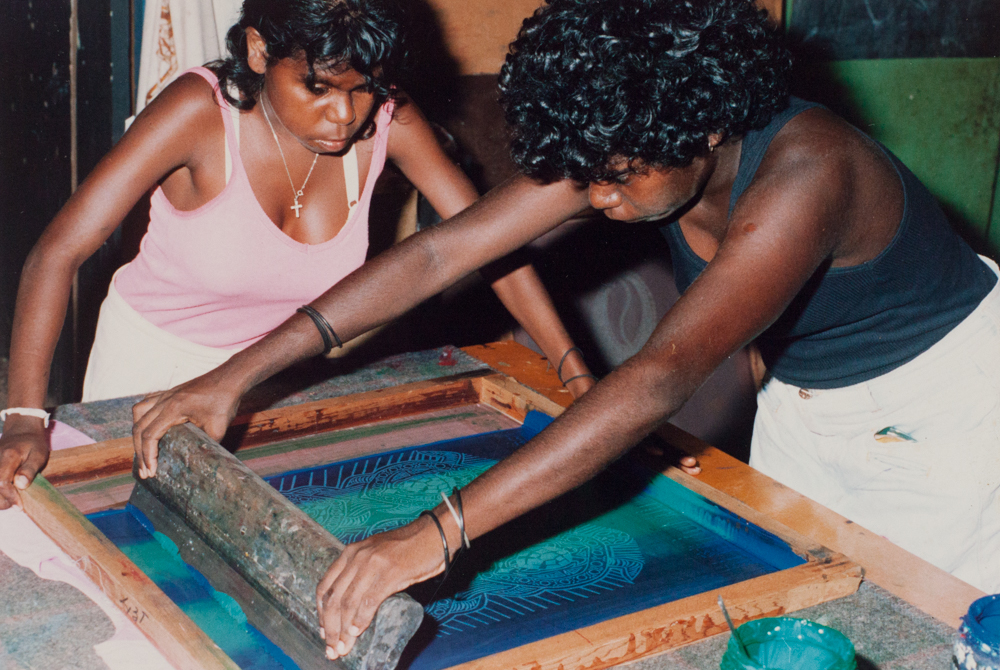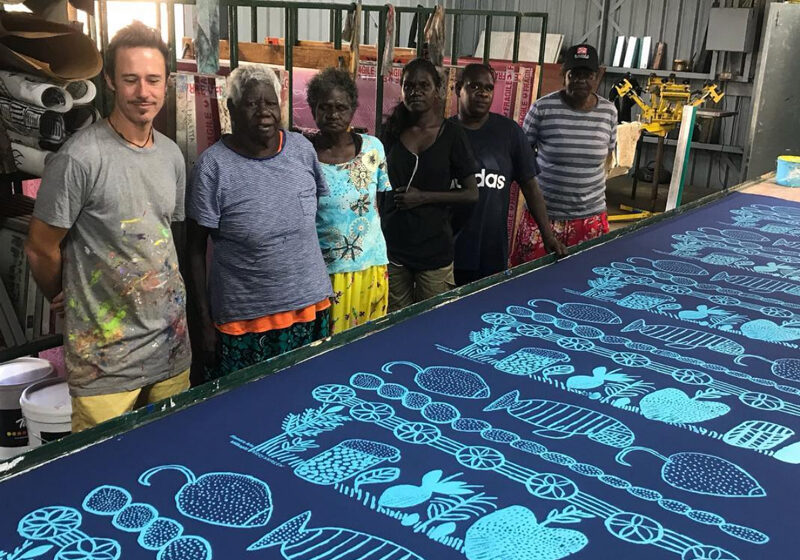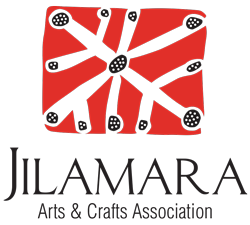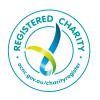Art, Tiwi Way
PAINTING WITH OCHRE
Ochre is collected when we go out on country. Arrikirninga (yellow ochre), comes from the earth, on the mainland. We have to dig it up. When we heat up the yellow ochre on the campfire, it changes to yaringa (red ochre). Kirijipuni (white ochre) comes from the cliff faces on the coast. Some artists still use charcoal for black.
Ochre paintings come from Tiwi ceremonies, where ochre painted jilamara (design) is used for body painting to protect from mapurtiti (spirits of the dead). Each artist has their own style and design, which is used in both art & ceremony.
We sometimes paint with the kayimwagakimi, also known as pwoja, which means bone. It is a traditional Tiwi painting 'comb', made from ironwood and is unique to the Tiwi. It's a special tool for dot painting, Tiwi style. Each comb is hand carved.
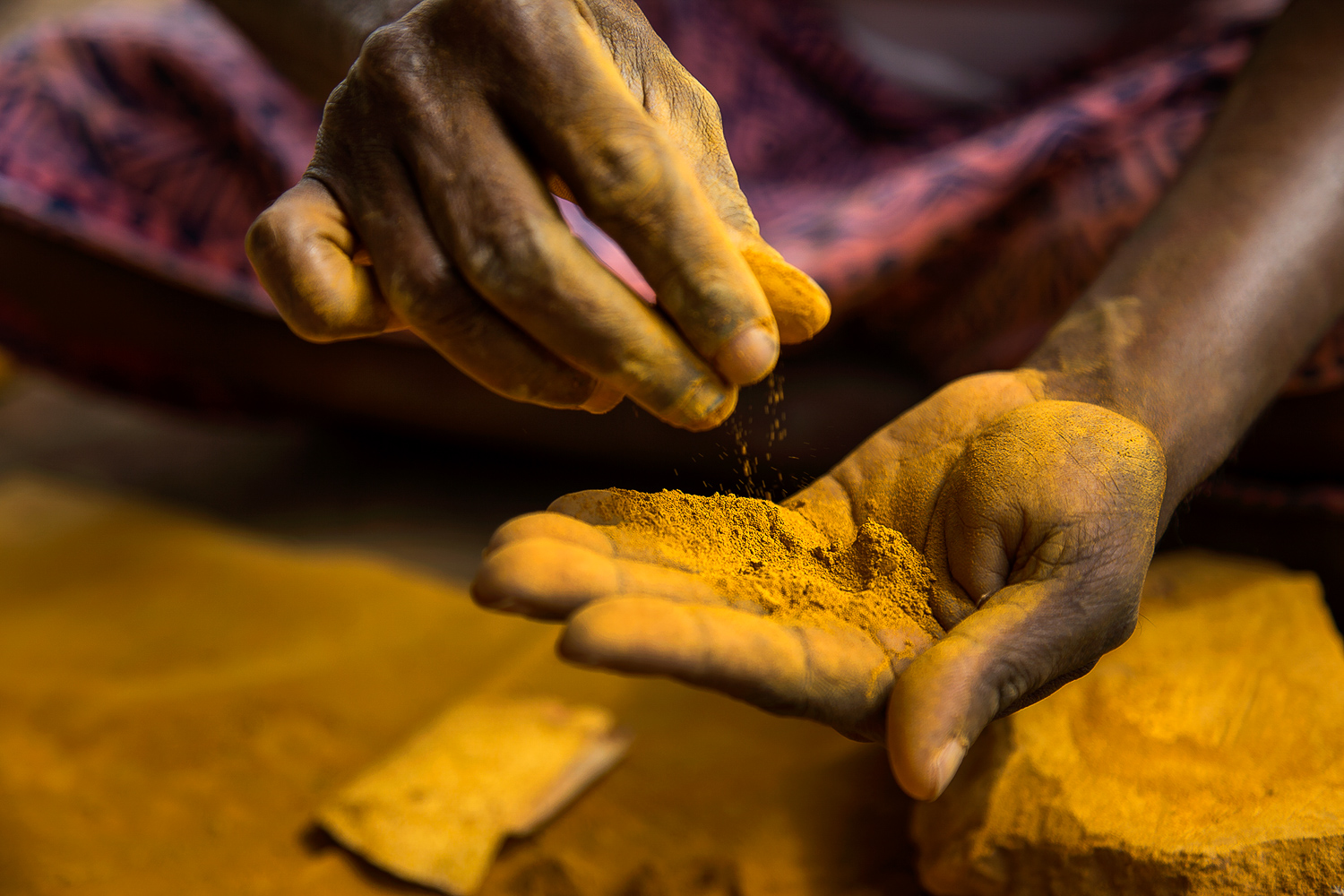
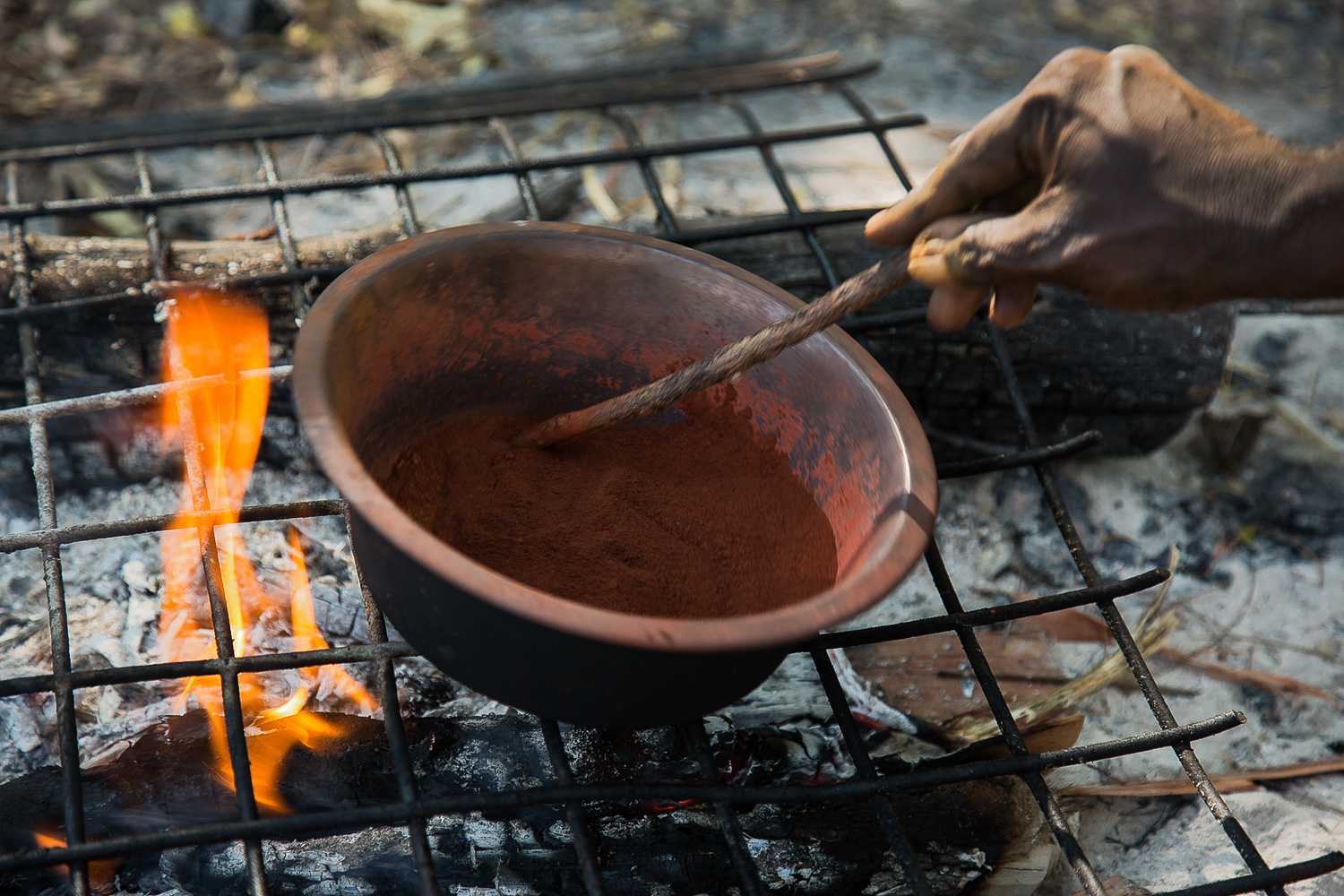
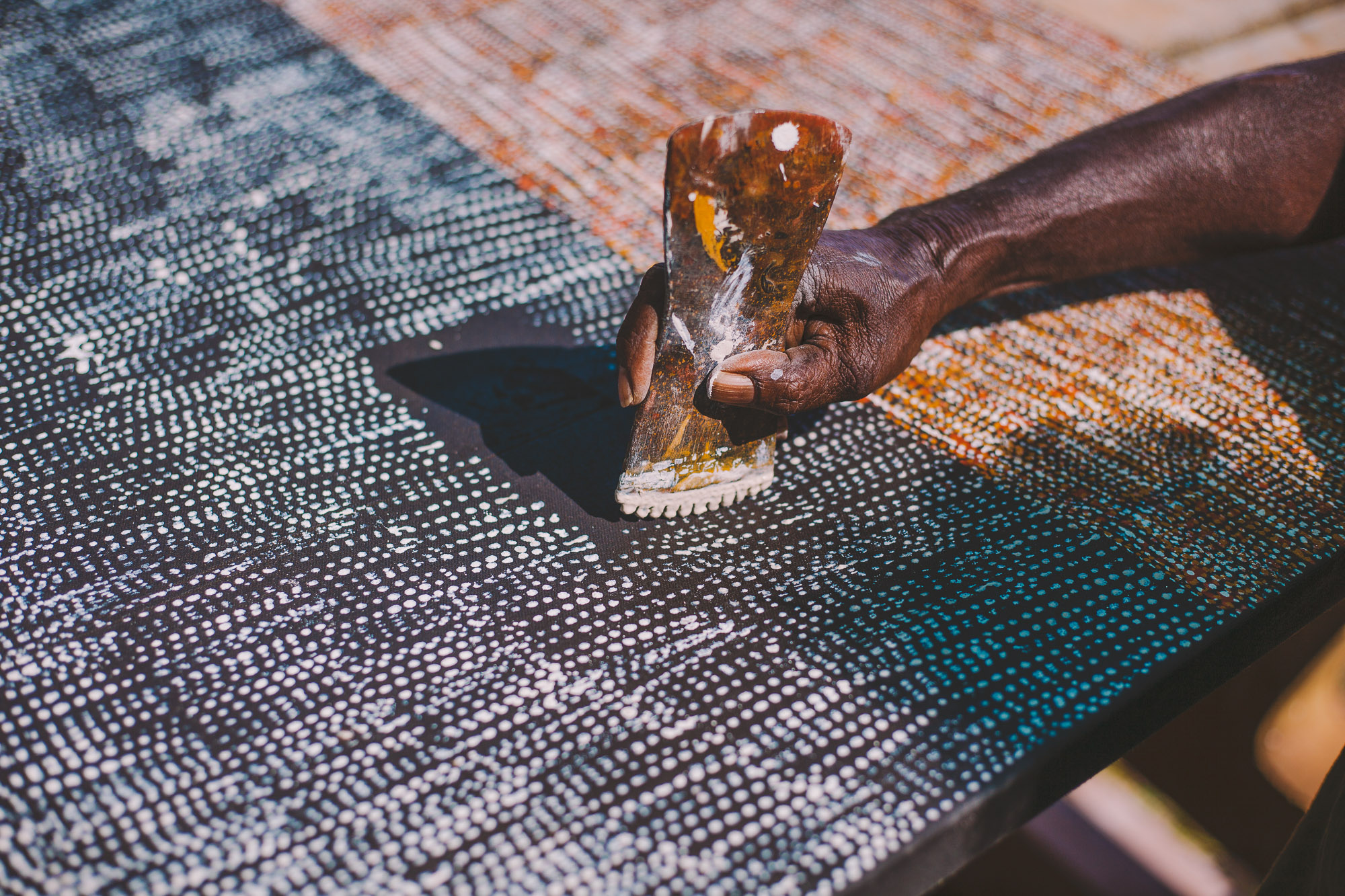
OCHRE PAINTING ON STRINGYBARK
Painting on puringimparri (stringy bark) is part of our culture. Before painting on canvas our ancestors painted with ochre on puringimparri.
The stringy bark is harvested in the wet season, in the dry season the bark is too hard to harvest. The moisture in the wet makes it easier to strip.
When we harvest the bark, we scrape all the skin off the bark to make it smooth. We then heat the bark on the fire, to make it flat. When it's flat, we can paint.
Our ancestors collected bark to make Tungas, by folding the flattened bark and stitching the sides. We used them for food containers and during the Pukumani ceremony. We carried the possessions of the deceased to the burial site. The possessions were buried with the deceased and the Tunga upturned over the Pukumani pole to stop the murpatiti rising through the poles to search out relatives.
Have a look at the bark paintings in our shop.
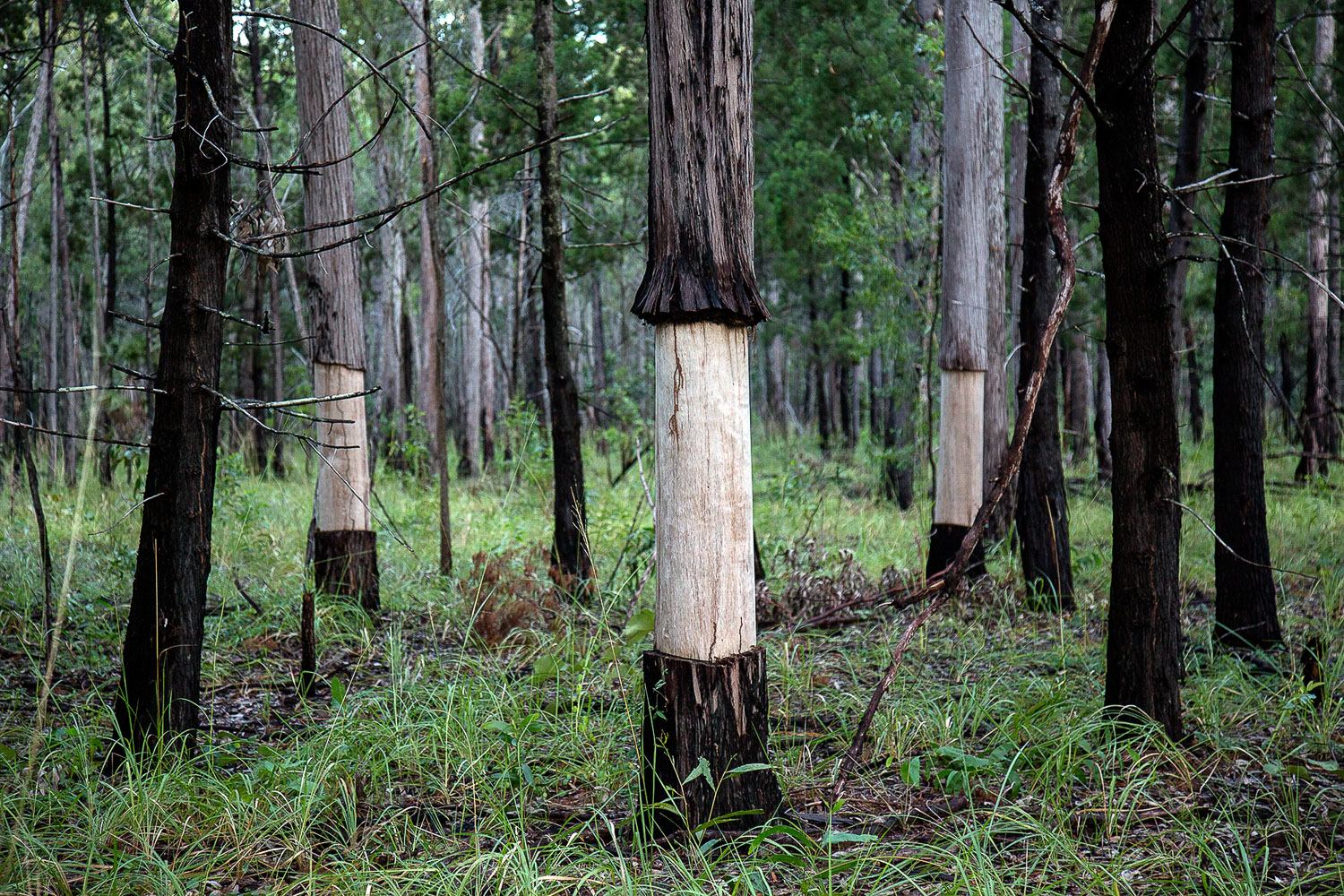
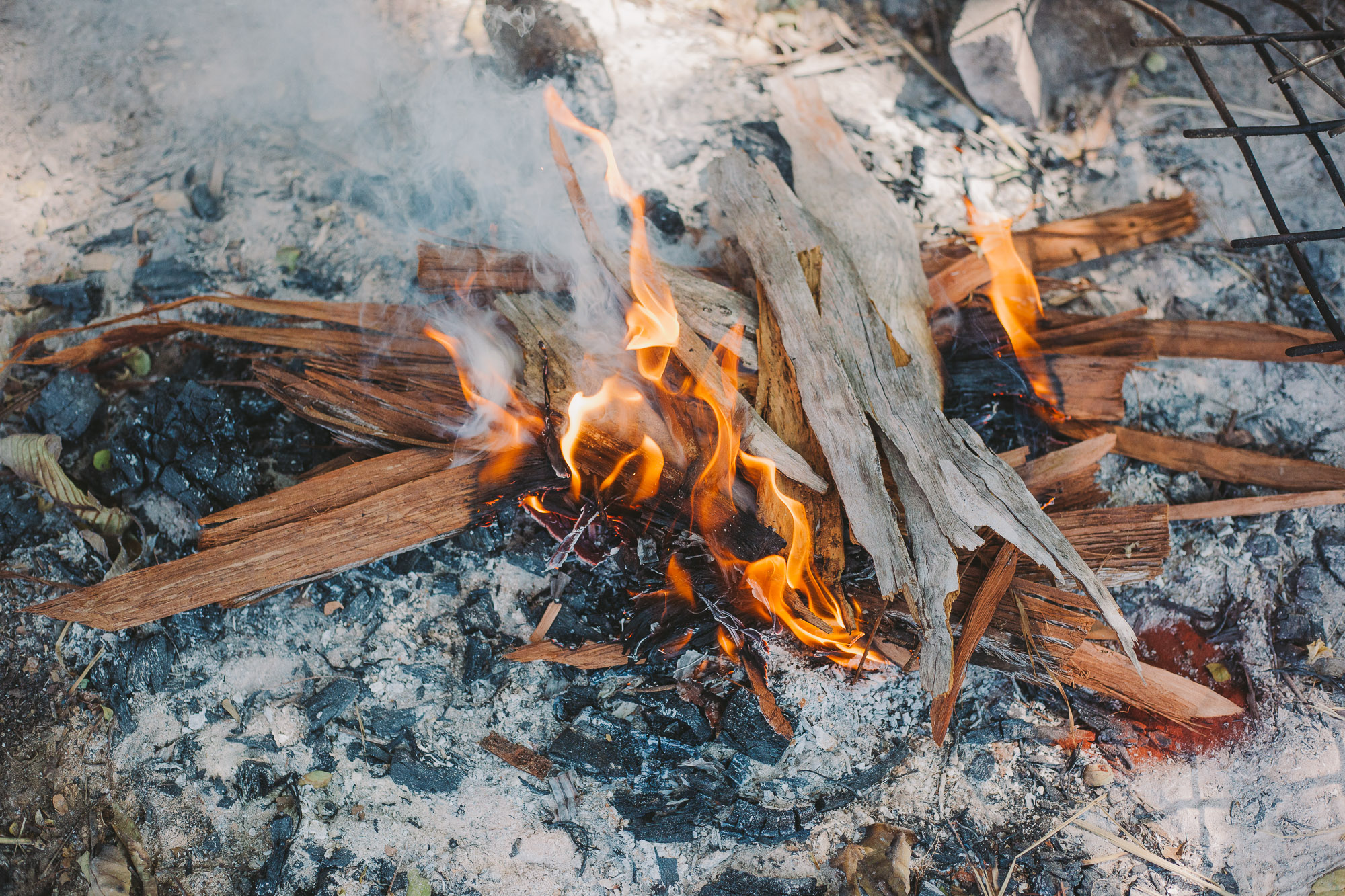
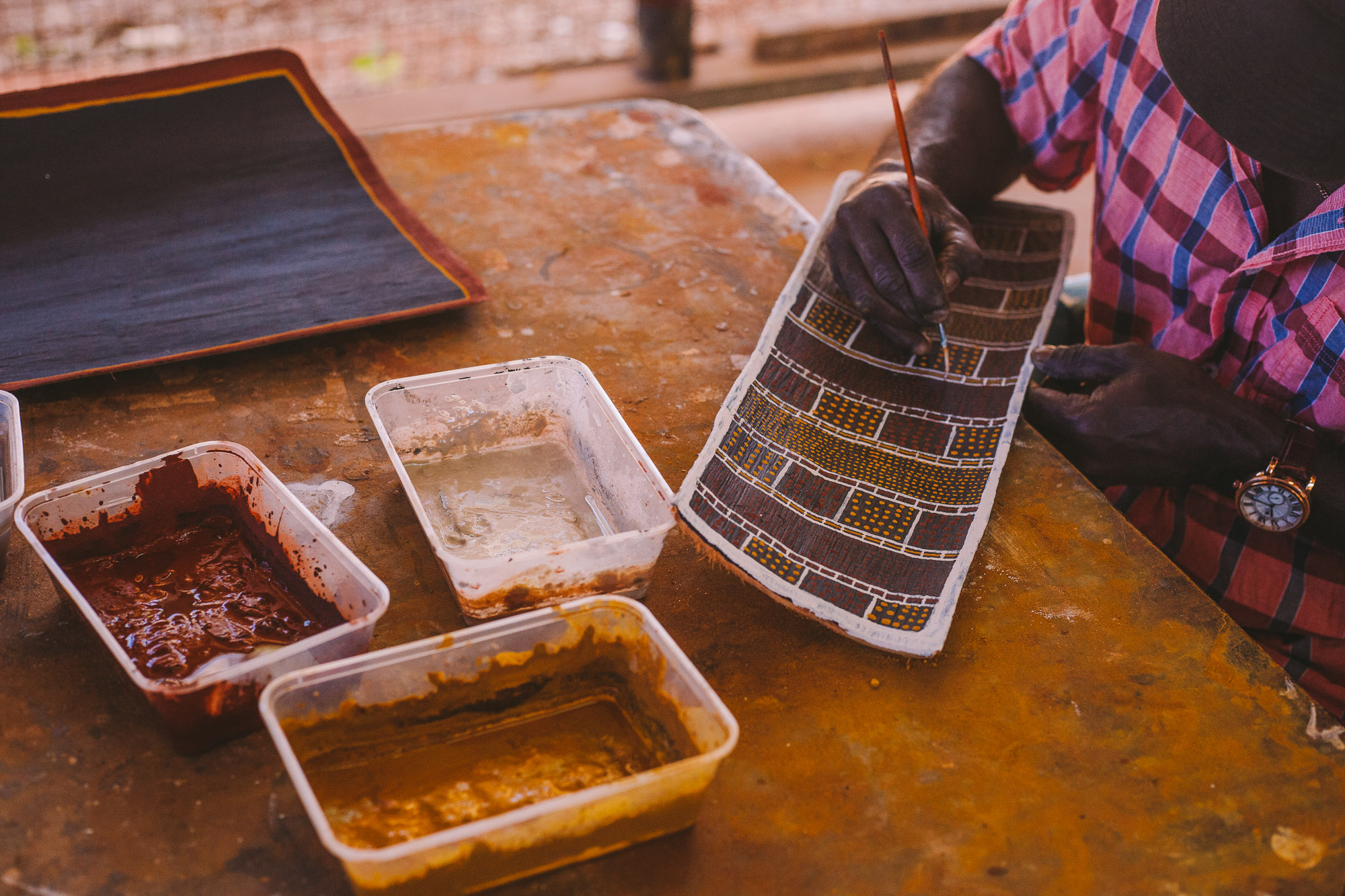
ORIGINAL LIMITED EDITION PRINTMAKING
In 1995 the Australian Print Workshop (APW) assisted us to acquire a printing press and conducted the first printmaking workshop at the Art Centre. Senior printer Martin King made the first etchings with Kitty Kantilla. Since these early days Jilamara has held many more bush workshops with APW, Northern Editions, Basil Hall Editions. Frank Gohier and many other print publishers.
Many of our artists have travelled to different parts of the country to take part in printmaking projects and residencies. Recently Janice Murray was awarded the APW Collie Print Trust Fellowship in 2017. She travelled to Melbourne to take part in a residency and produced a series of etchings based on Tiwi birdlife.
Our broad range of limited edition prints include screenprints, etchings, linocuts, Japanese wood blocks and lithographs. These high quality prints are sought after by collectors and are housed in collections such as The British Museum, National Gallery of Australia and National Gallery of Victoria.
The many limited edition prints we have made form a major part of the Muluwurri Museum collection. Limited edition prints are available in our shop.
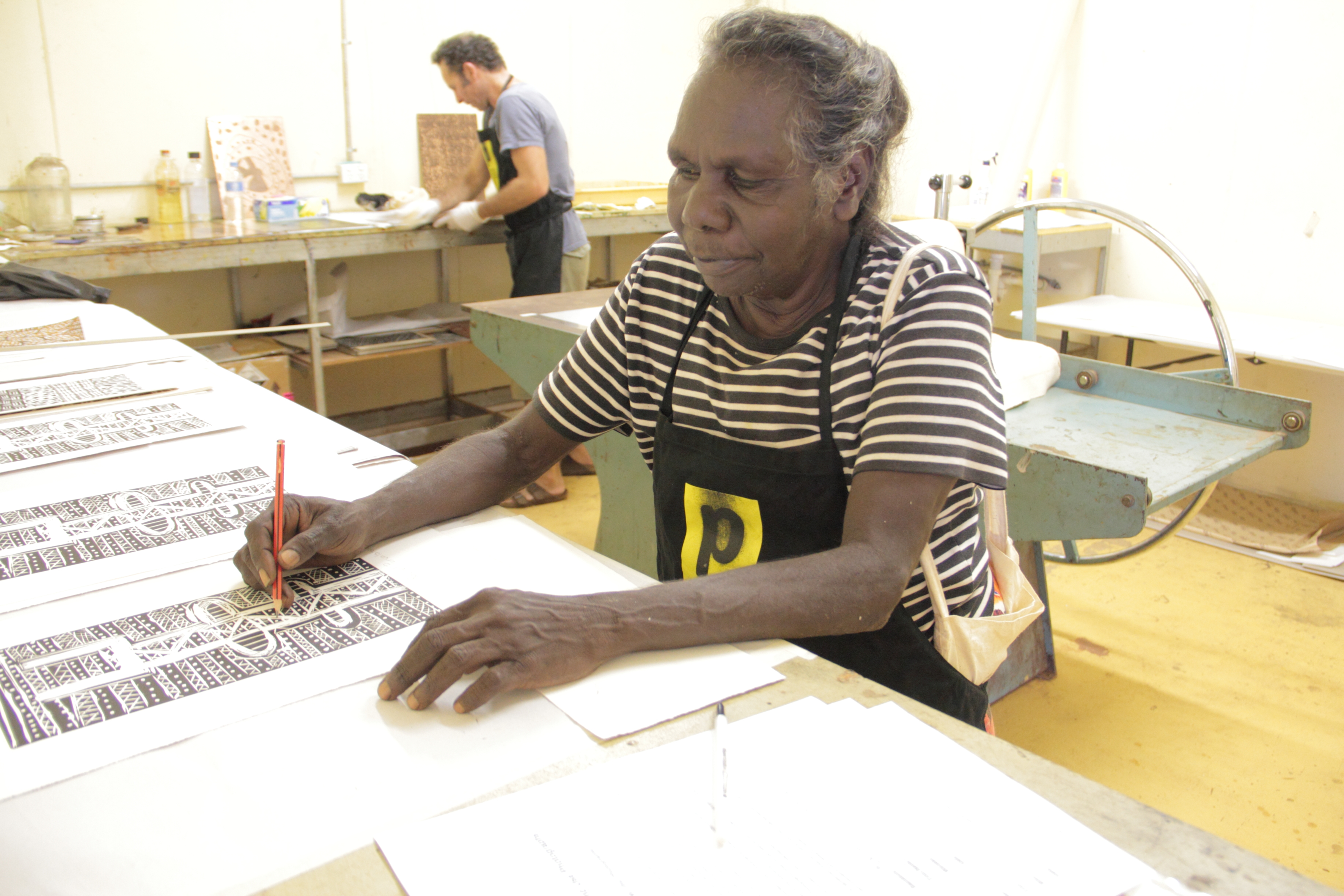
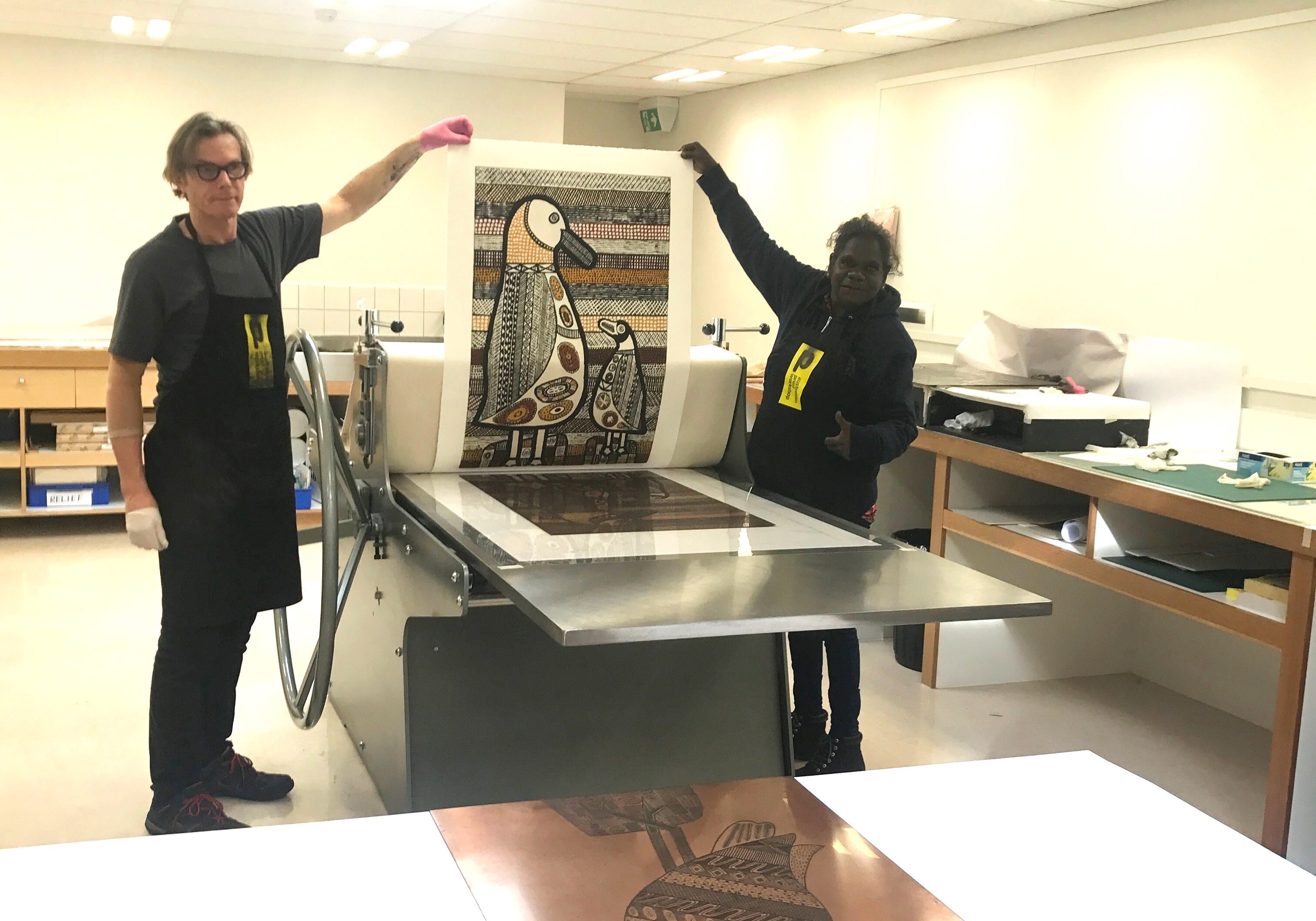
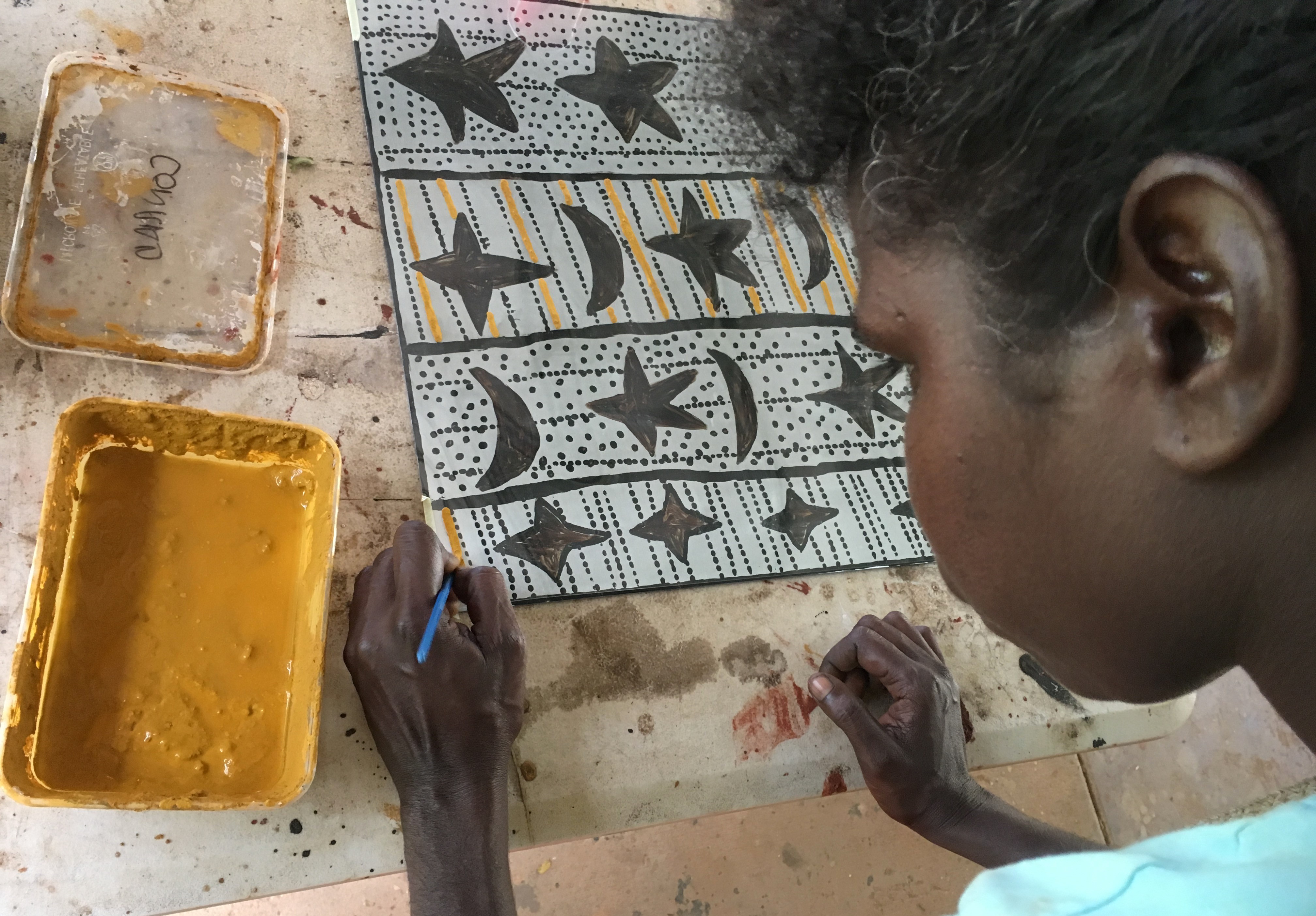
IRONWOOD CARVINGS
Ironwood is used to make Tutuni poles (for Pukamani, funeral ceremony), to make spears for fishing and hunting and to carve Tiwi tokapuwi (birds).
Carving birds from ironwood makes them heavy and strong. Some birds have important Tiwi stories to go with them. Some are peoples totems or come from the creation story of Wai-ai & Purukupali. Some are just pumpuni yinkiti (good food).
The men go out on country to chop the Ironwood with chainsaws. Our ancestors used to use special axes made from stone.
Buy a hand-carved Tiwi bird from our shop or contact us if you're interested in a Tutuni pole.
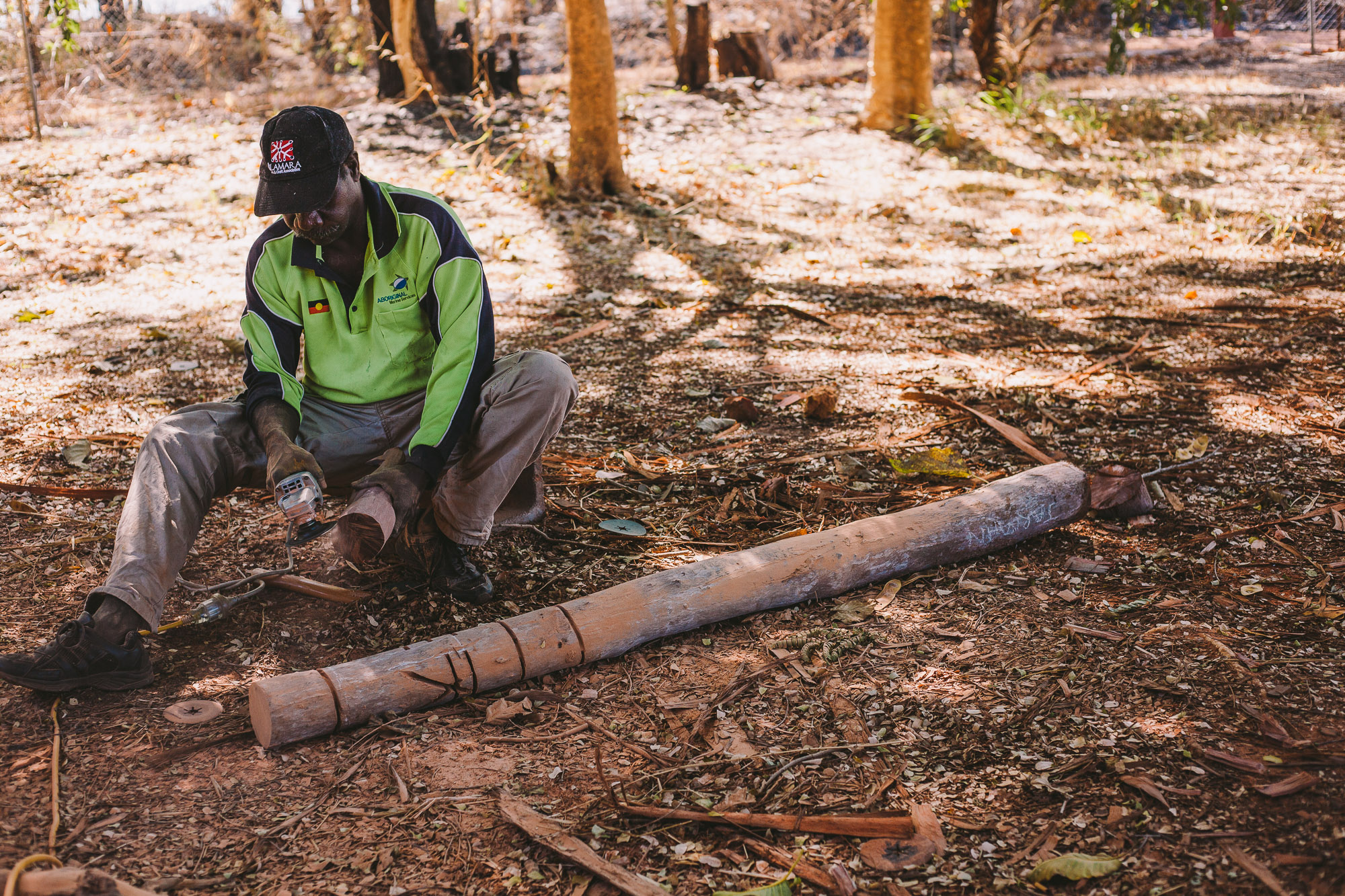
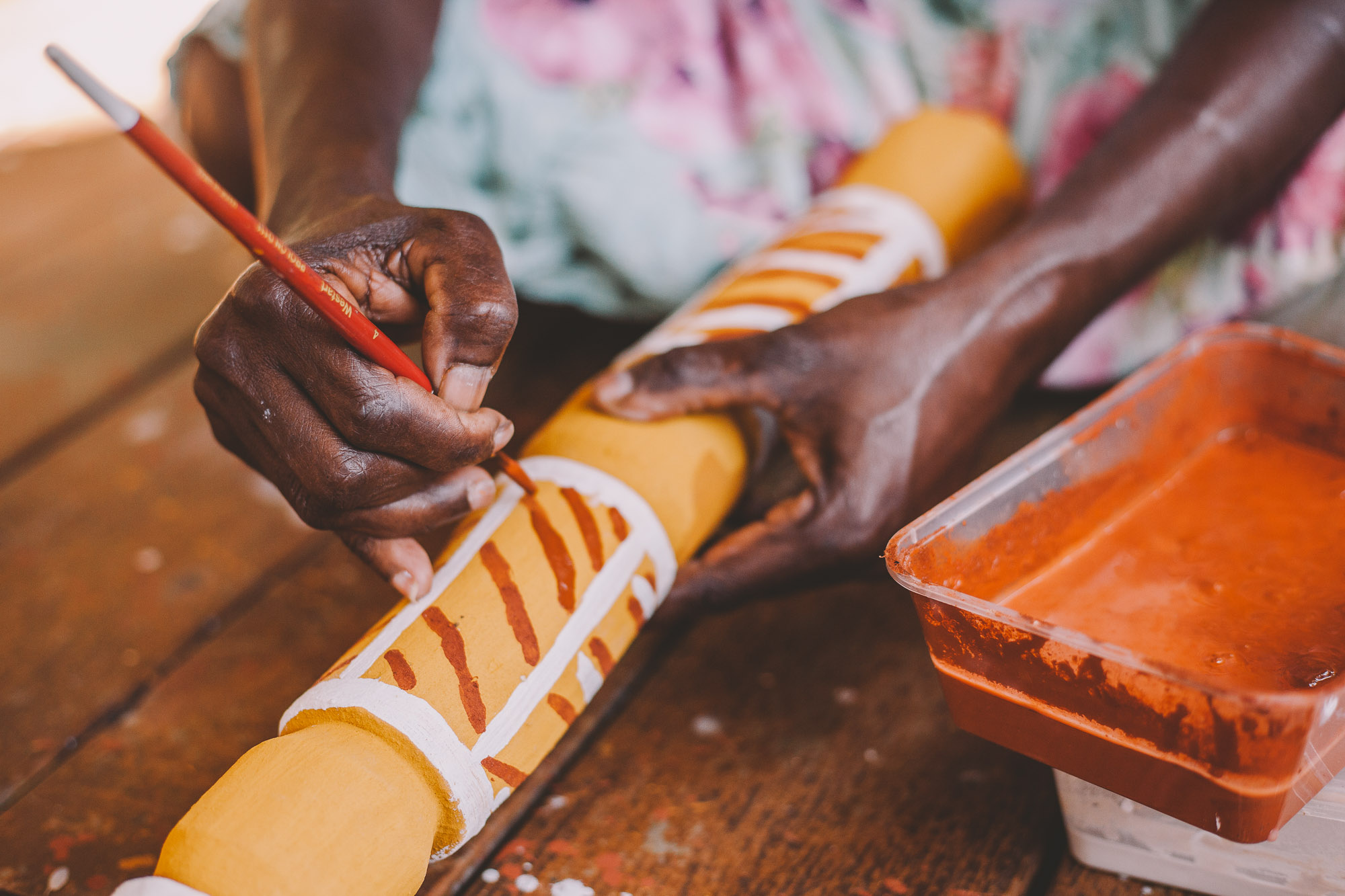
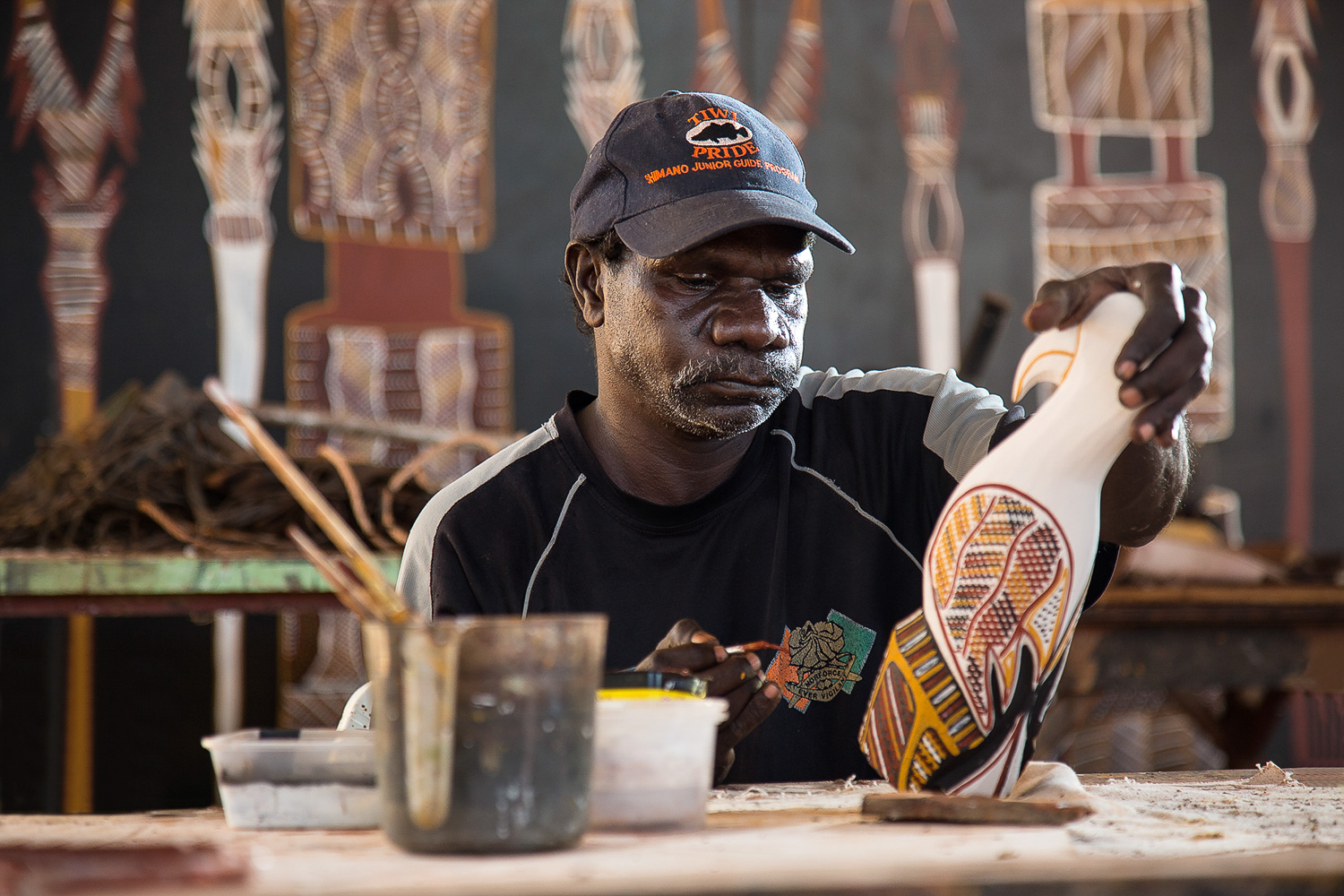
SCREEN PRINTED TEXTILES
Before Jilamara became an incorporated association in 1989, it was an Adult Education Centre. We learnt textile printing, sewing and leatherwork. Screenprinting was a major activity at Jilamara for a lot of the women from the Milikapiti community. In the early 1990's textile printing waned and we started painting on canvas and linen, took part in printmaking workshops and making ironwood carvings. These new forms of our art were shown in exhibitions all around the country
Screenprinting on textiles lay dormant at Jilamara for close to thirty years. With the resurgence of screenprinting in many remote communities we were keen to re-invigorate our screenprinting studio. We were successful in obtaining an ABA Grant to renovate and revive the practice in the womens shed now known as the Nancy Henry Ripijingimpi screenprinting studio.
In 2018 Janice Murray, Kathleen Puruntatmeri, Raelene Kerinauia and Raylene Miller White have been training up and have printed over 20 new screen designs and tshirt designs by artists from Jilamara.
Raelene Kerinauia was one of the initial artists who leanrt the process many years ago, she said of the process, "When we see people wearing Tiwi designed clothes with Tiwi prints, we feel proud of ourselves. We feel good."
See and buy our screenprinted textiles from our shop.
